Finding a treasure in emptiness –
A pilgrimage is a journey of spiritual significance, often to a shrine or religious place. But the destination is not what makes it a pilgrimage. I could schedule a trip to Lourdes to enjoy some French cuisine and pick up a load of religious goods to sell at a profit back in the States, but that wouldn’t be a pilgrimage. A tour of Italy by private driver, with the finest hotels booked and finest restaurants reserved, is perhaps also not a pilgrimage, even if it involves a tour of the Sistine Chapel.
A pilgrimage involves prayer, acceptance of hardship. and the pursuit of God. Pilgrims seek transformation, and that only comes through the Via Dolorosa. When we are seeking Christ, we always find the Cross.
I remember preparing a group of excited young people for World Youth Day in Madrid to suffer without complaint. Suffering is part of the package when you budget-travel to Europe with a couple million others, overwhelming the host city’s capacity. The kids were from somewhat privileged backgrounds, and I have always believed that their experience of weathering the difficulties in Spain strengthened them for later life. Suffering does have a way of putting an exclamation point on an experience.
Last month, I took a walking excursion on the western end of the Katy Trail in Missouri. The Katy Trail (Missouri-Kansas-Texas Railroad line) is the longest rails-to-trails conversion in the US. When railroads were deregulated in the 1980s, many lines were shut down, as auto travel had replaced rail. A legal process called rail banking allowed private foundations to use the decommissioned railbed for trails, while the railroad preserved its domain on paper. Rails and ties were removed, railbeds graded and graveled, and a near-perfect recreational trail is the result.
The long straightaways of the Katy are best suited to bicycling. If there are 20 miles of unchanging terrain, a cyclist will complete it in an hour or two, but it will take a hiker the better part of a day. In some sections, the distance between towns with lodgings is 20-25 miles, so a pedestrian is in for some long days.
There were no shrines or basilicas along the trail, as there are on the Camino de Santiago in Spain. Even Catholic parish churches were somewhat scant, so this pilgrimage wasn’t about holy destinations. But there was sufficient prayer, hardship and inner work to make it a pilgrimage. Prayer, was in fact, my main objective, besides the physical task of getting from Point A to Point B every day.
My prayer began with gusto each morning, lost a little vigor over the course of the day, and was distilled into a faint “Thank you, God” when I reached my destination in the afternoon. The toll of the physical distance grew as I walked. The first three days were marathon length, and while I have completed some marathons, never before three in a row.
The scenery, trees on both sides turning raucous fall colors, was magnificent… but it was mostly unchanging. Hour after hour, it was those same beautiful trees marching along on both sides of me. Is beauty only beautiful when it’s novel? Of course not; my brain could just not still itself enough to rest in the beauty that was there, unchanging from one hour to the next.
I didn’t carry any relics, nor even blessed objects, as I lost my rosary on the first day. (I later found it in a pocket, so it had actually been with me the entire time, unbeknownst.) There are not restrooms along the trail, so there’s that. In other words, there wasn’t a holy aura about my walk. Alone for 95% of my waking hours, and far beyond my comfort level in mileage, I made a pretty pitiful pilgrim.
And yet… there was the dim image of the Cross. When it felt like a death march to my lodgings for the night. when I would have been tempted to call an Uber if there’d been one within 100 miles and I’d had cell service, when I was so utterly on “E” that I laid down on a wooden bridge and took my chances with the passing bike traffic… it was still not even close to the way of the Cross. But it was a fragrant offering nonetheless (though not particularly the pleasant kind), a tiny, un-pretty sacrifice that God could graciously use. That made it a pilgrimage.
To tell the truth, I expected something more like the Camino in Spain, with new vistas every few miles, and more people. The Katy Trail is remote, and sparsely populated. I had great times in the mornings, but by afternoon, I’d exhausted all my own thoughts, prayers and songs. It was at that point of emptiness that I expected some sort of walking contemplation to occur, the kind where you don’t even notice time passing because you’re so taken up in God.
It didn’t happen. It was like the dark night of the perambulating soul. Now that I’m back home and comfortable, I can see that the vast emptiness of mind was restorative, but at the time, it was radically toilsome. I’d look at my watch and see that I had four more hours to my stopping point, and there was not one productive or entertaining thought left in my head. It felt like the dripping water torture some afternoons. One day, I received an encouraging text from Bishop Strickland that held off the emptiness for a few extra hours, but in general, God did not rush in to relieve me.
I think I have become a little too dangerously dependent on being distracted or entertained, and the cold turkey cure was necessarily hard. Desolate, even. There were moments at the beginning of each day, when I felt free and light, a body moving in space, a tiny part of the glorious symphony of every passing day in the ticking rhythm of God’s creation. Those moments passed quickly, though, and gave way to the hard work of moving myself down the road.
There are lessons in that for me: the elating moments in life are fleeting, and there is always work behind them; if I train my mind to constant activity and entertainment, God may have to leave me distressingly empty for a while (there being no cell phones in the Beatific Vision); and the way of the Cross is not pretty, and never will be.
This venture was uncharted; I gave God most of my waking hours, without knowing how He would use them. As ever, He had plans I didn’t anticipate, but I’m strangely thankful for that. My ways have grown too worldly. God’s ways are mysteriously sublime, cloaked they may be in discomfort.
The most humanly enjoyable aspects were some of the towns I passed through, and the people I met. Boonville was the site of the very first skirmish of the Civil War. Pilot Grove was a sighting landmark for riverboat pilots. Rocheport featured a lovely wine bistro atop a high bluff on the Missouri River.
The few people I met were mostly cyclists, but there were some pedestrians: ultra-runners traversing the whole 225 miles in three days and nights, and one hiker halfway through a transcontinental trek, having started in Maine, headed for San Diego. Trail friendships are warmly made, and I’ve had a few follow-up texts and calls from people I only met for brief moments.
Next year, I hope to go back and complete the rest of the trail, about 150 miles from Rocheport to St. Charles. I’ve learned more about my capacity, and would allow a bit more time, staying an extra day for recovery after a high mileage day, to avoid the zombie glaze in the afternoons.
Of course, this was all chosen. I could conceivably have stopped at any time, assuming I could find a ride back to my car; rural Missouri is very remote. Why would I choose to do something that hurts, on my vacation, for Pete’s sake? I asked myself that question with some asperity every afternoon. That seems to be God’s way with me; I learn the deepest lessons when I’m suffering. Most of my hardship on this trip was mental, though the physical was not insignificant (blisters and exhaustion.) I saw clearly that my mental game needs work.
I was once happy to be ignorant of daily news. Only since the insidious global deception of 2020 have I begun to follow news more closely, but at a price. The only relief, the only place of peace in our current world, is in prayer. And as much as I build prayer into my daily schedule, it’s compacted. I’m always off to the next activity, putting the bread into the oven before its time. During the week of walking, with nothing else to do, the dough had a chance to rise. Each day, as all my thoughts, petitions and questions ran out, there was nothing left but to surrender to the Holy Spirit and trust Him to work good without my input.
Toward the end of the week, I wanted nothing so much as to get off my feet. I was thoroughly cooked on both sides and through the middle. Utter exhaustion of mind and body is a luxury we can’t normally afford, as it takes time. I should start a company, Catharsis Tours Ltd, where we push our customers a couple of eons past their limits, and send them back into their regular lives completely empty. You’re welcome.
I once interviewed an ultra-runner who’d just completed 135 miles through Death Valley in the summer heat. I asked the obvious question, “Why do you do it?” His answer has stuck with me for years: “Only by doing these extreme events are we able to peel back layers of ourselves and discover what’s deep within.” The known layers are unruffled so long as we’re comfortable.
What I found far beneath my comfort layer was both pleasing and disturbing. I discovered that even when I feel like pounded mud on a busy freeway, there is some source of cheerfulness inside that can’t be quenched. I found that I can push much farther than I think I can. I also discovered that I have lately neglected the life of the mind, and become too dependent on outside sources of thought, though they may be quite good. I must re-learn how to be peaceful without external input, because that’s the door God enters, as Cardinal Robert Sarah says so emphatically in The Power of Silence. (See, I did it right there.)
When friends picked me up at the end of the week, God sent rewards in the beauty of the abbeys and churches we visited on the way back home, which gave me something else to chew on: God never means to crush us; He gives us gifts in this life, to sweeten the experience of His peculiar school of suffering, like a dollop of sweet cream in a strong cup of coffee.

Sheryl Collmer lives in Tyler, Texas and is training for more long-distance events.

Sheryl Collmer is an independent consultant for several non-profit organizations. She holds a Masters in Theological Studies from the University of Dallas, as well as an MBA. She lives in the diocese of Tyler, Texas and also serves as CFO, co-coordinator of Region 8, and national news editor for CORAC.
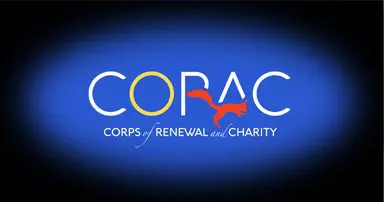






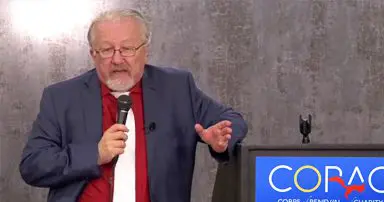
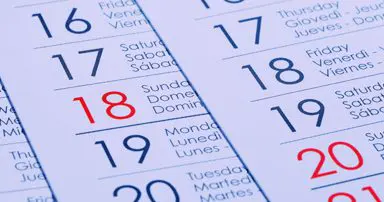











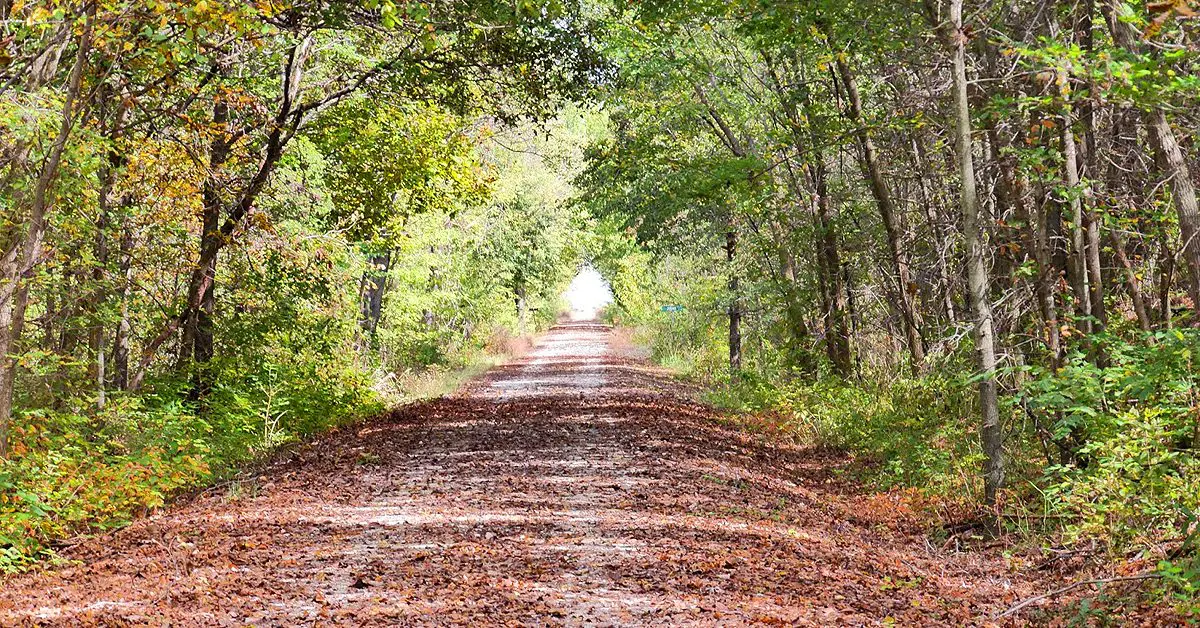


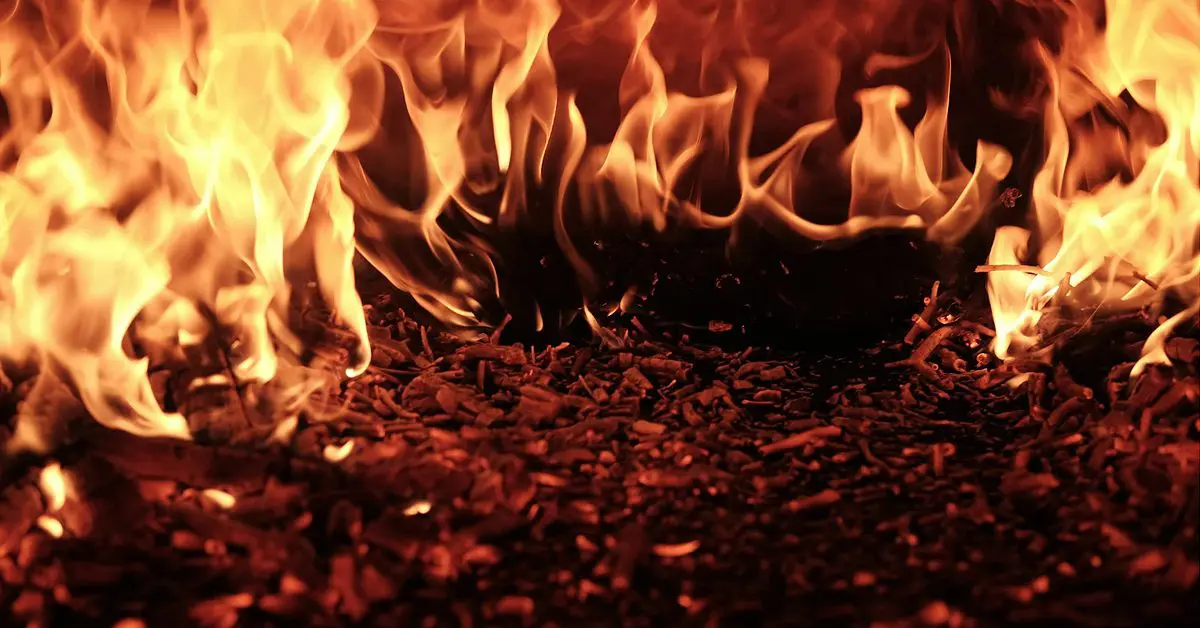

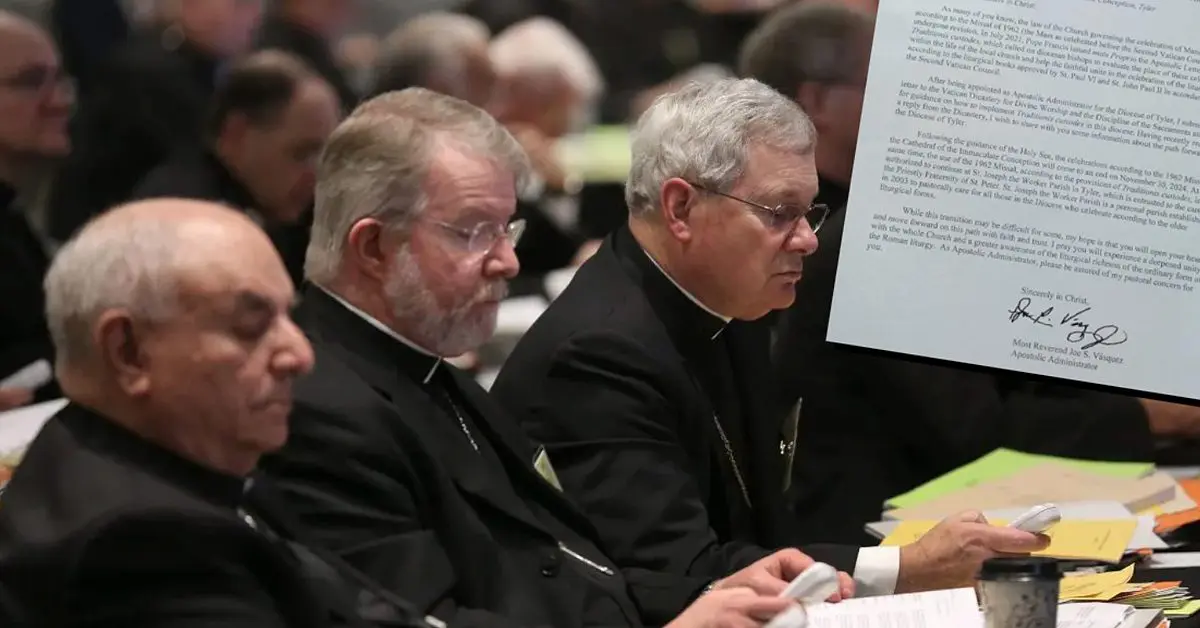

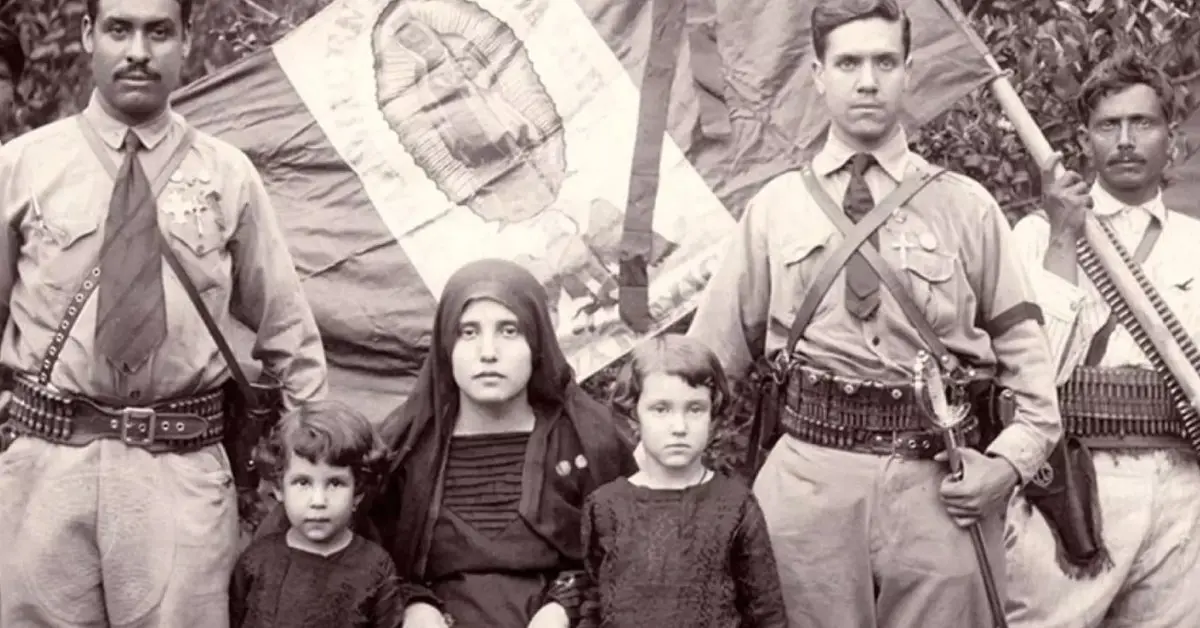
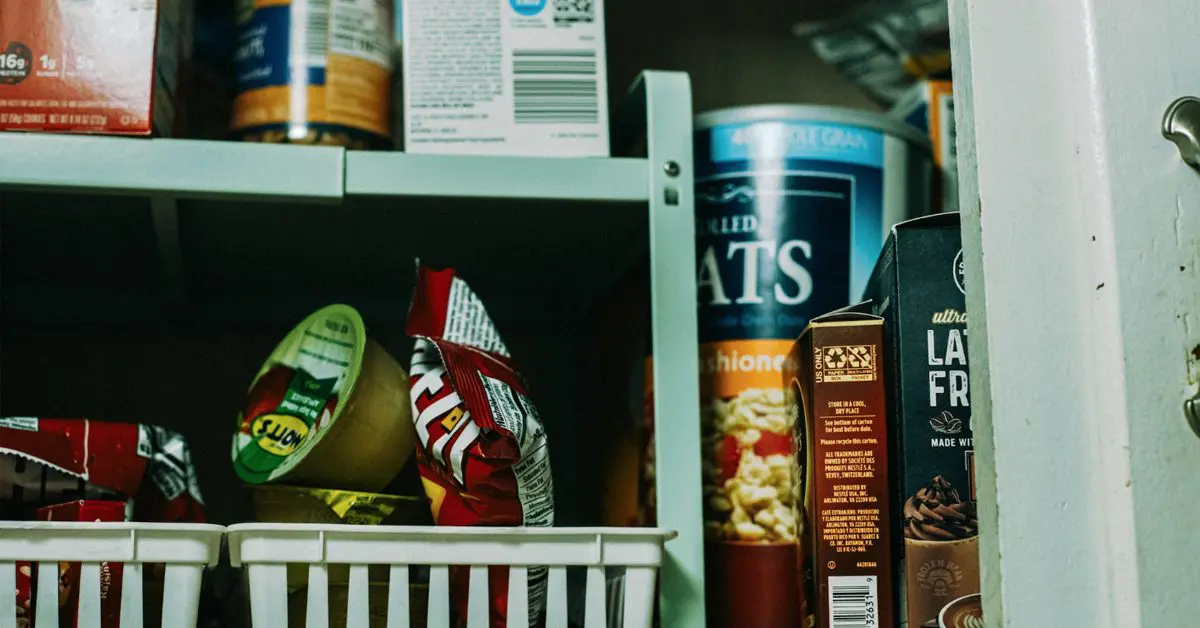

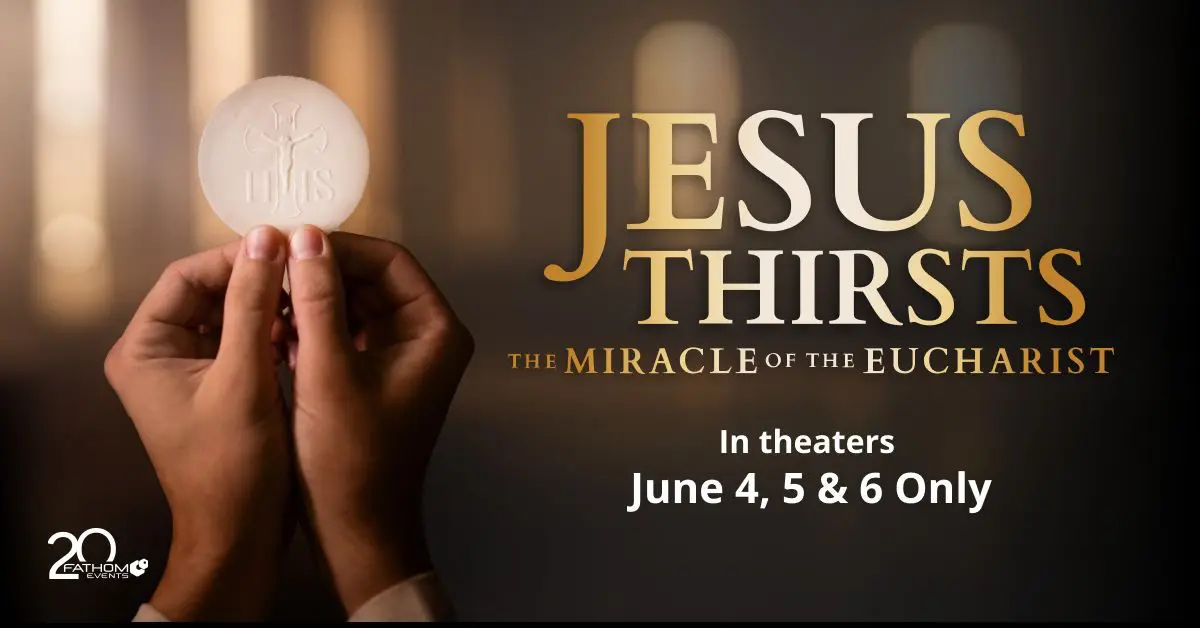

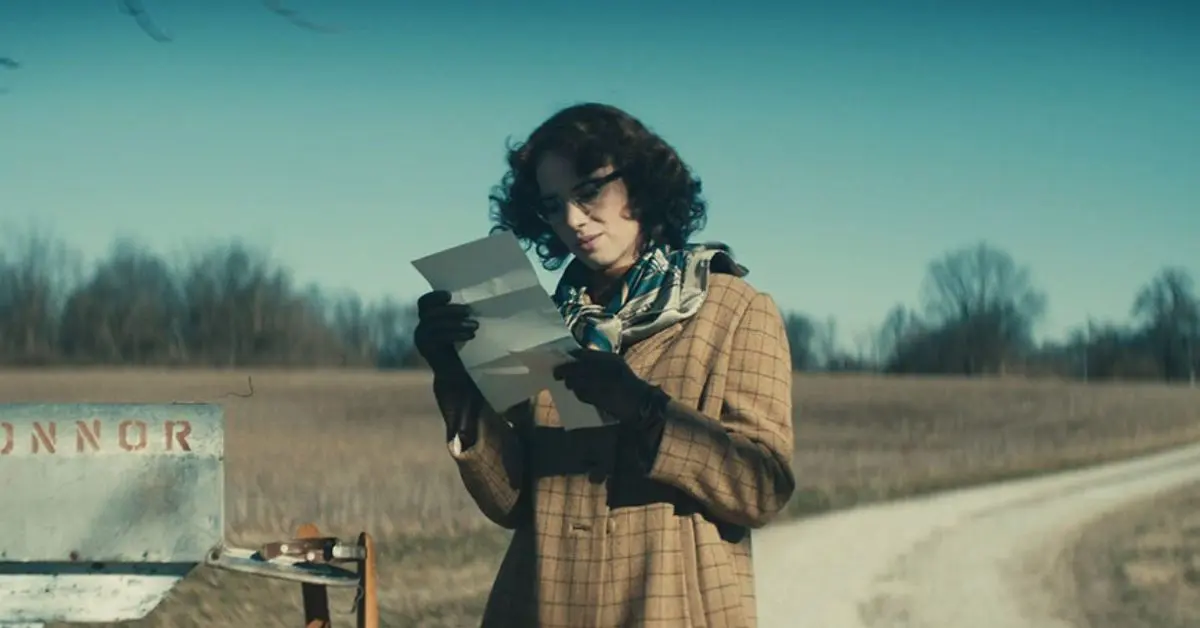
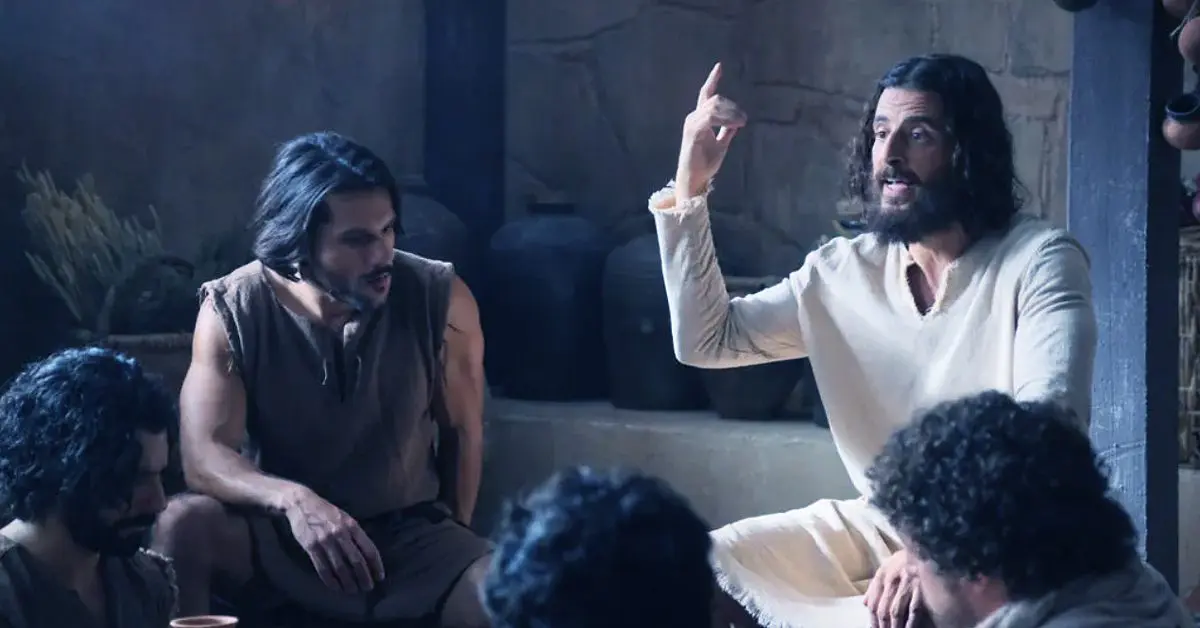

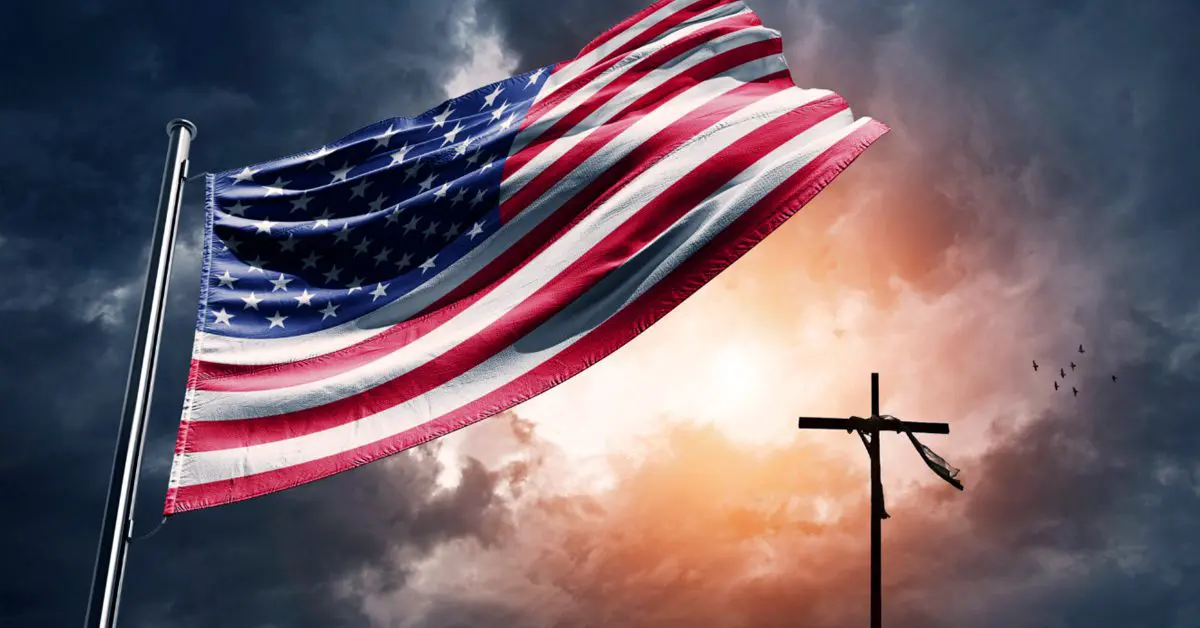
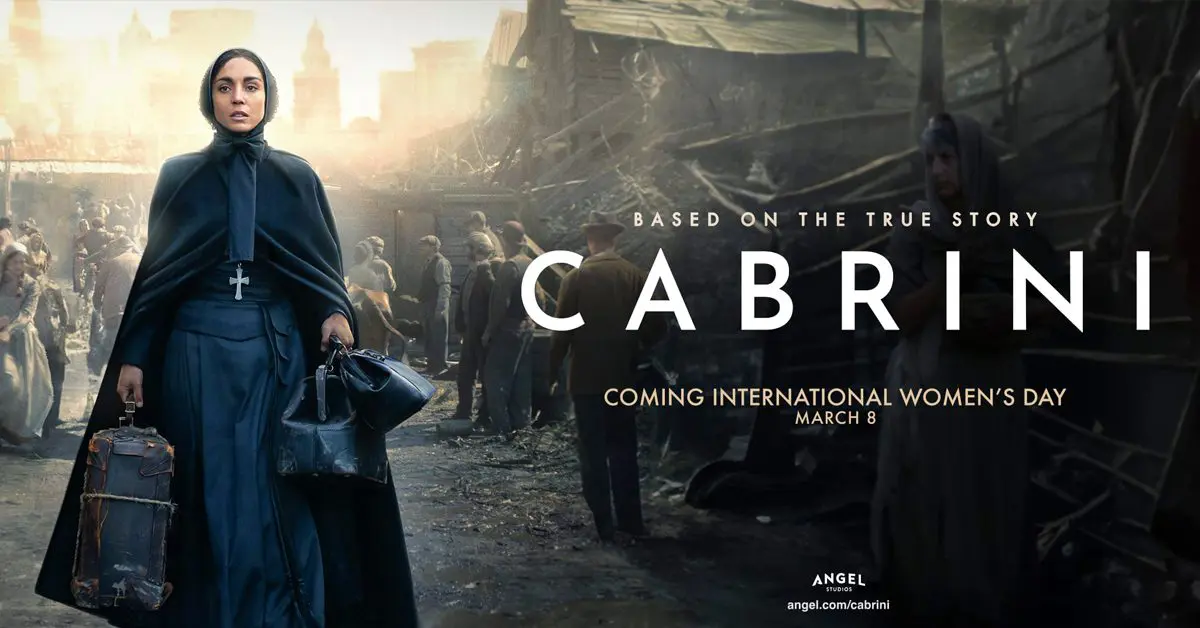
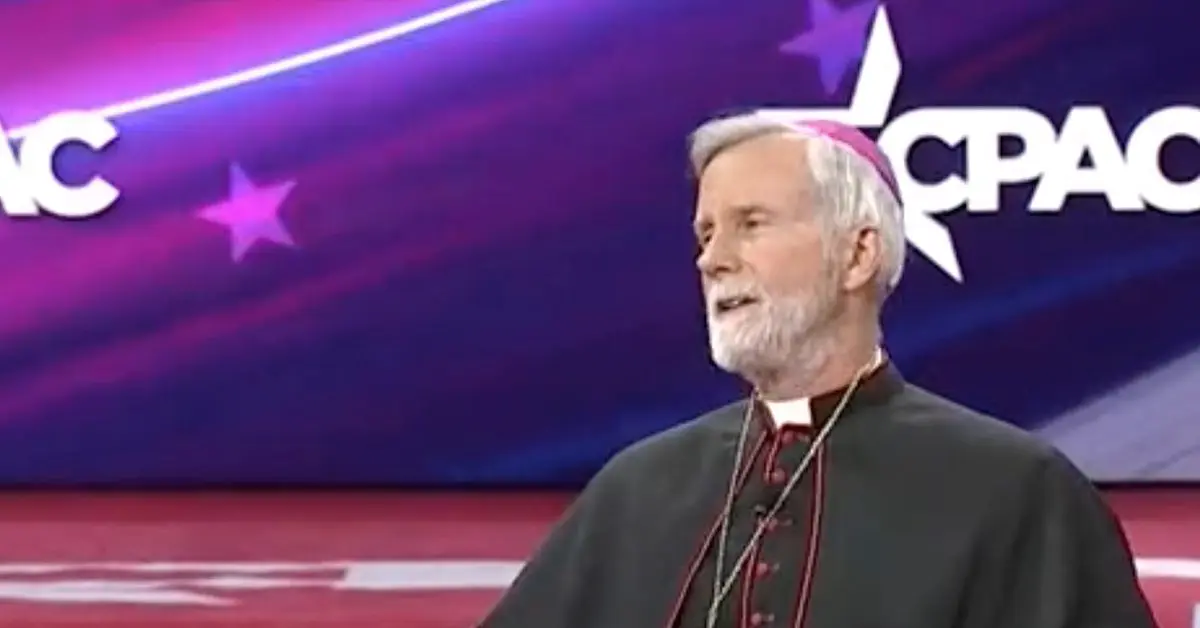
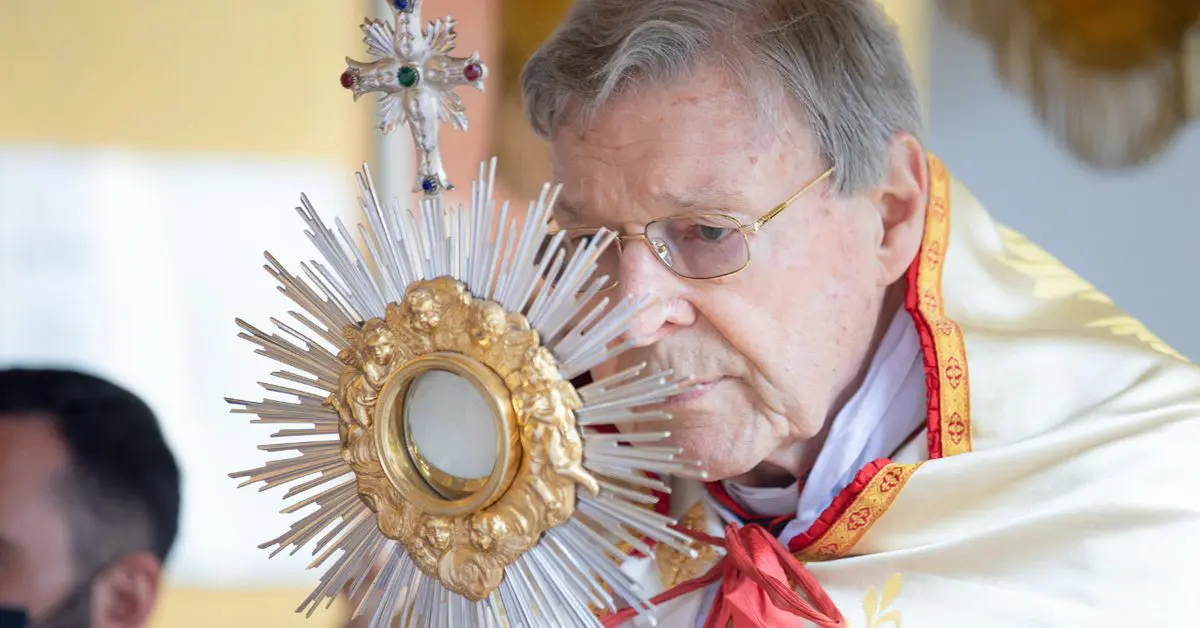

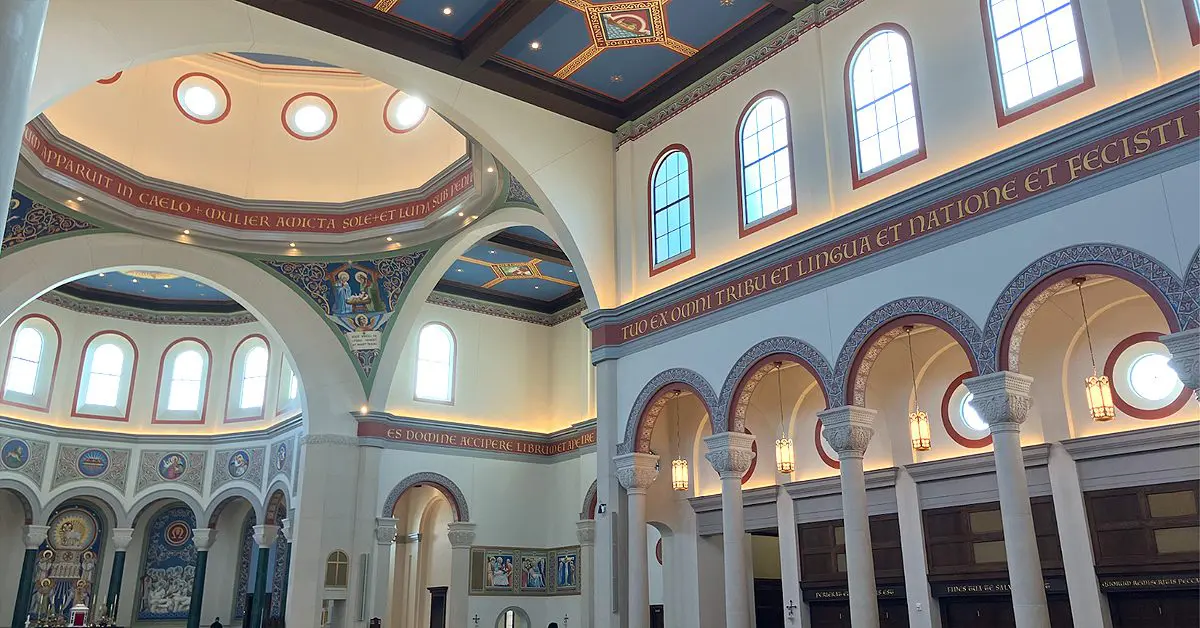
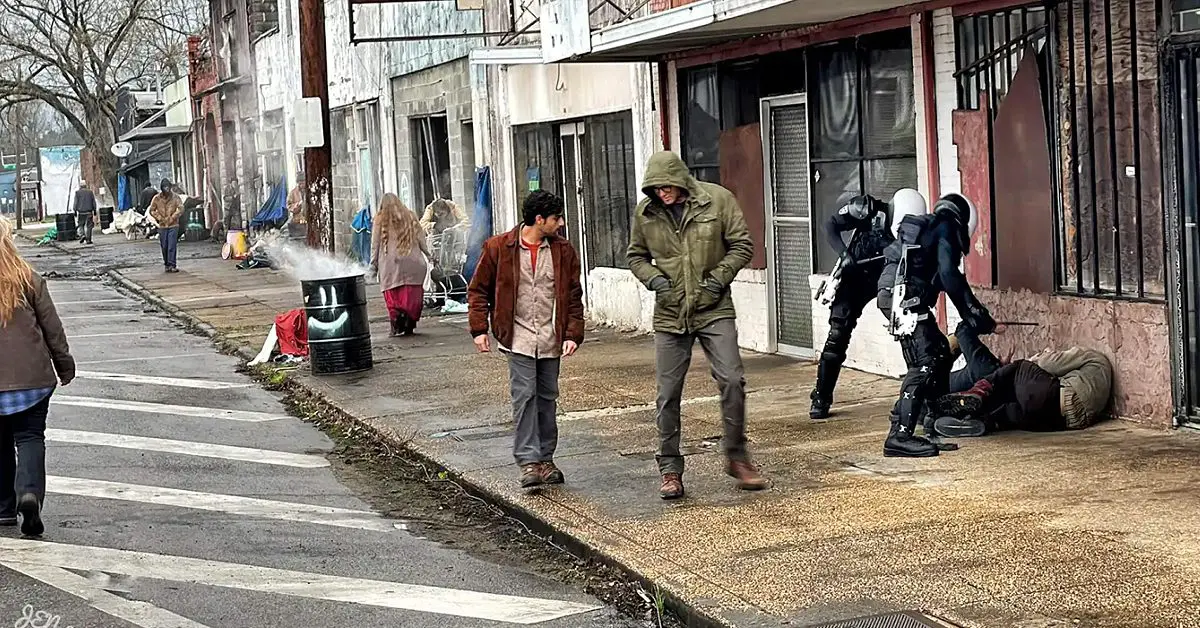
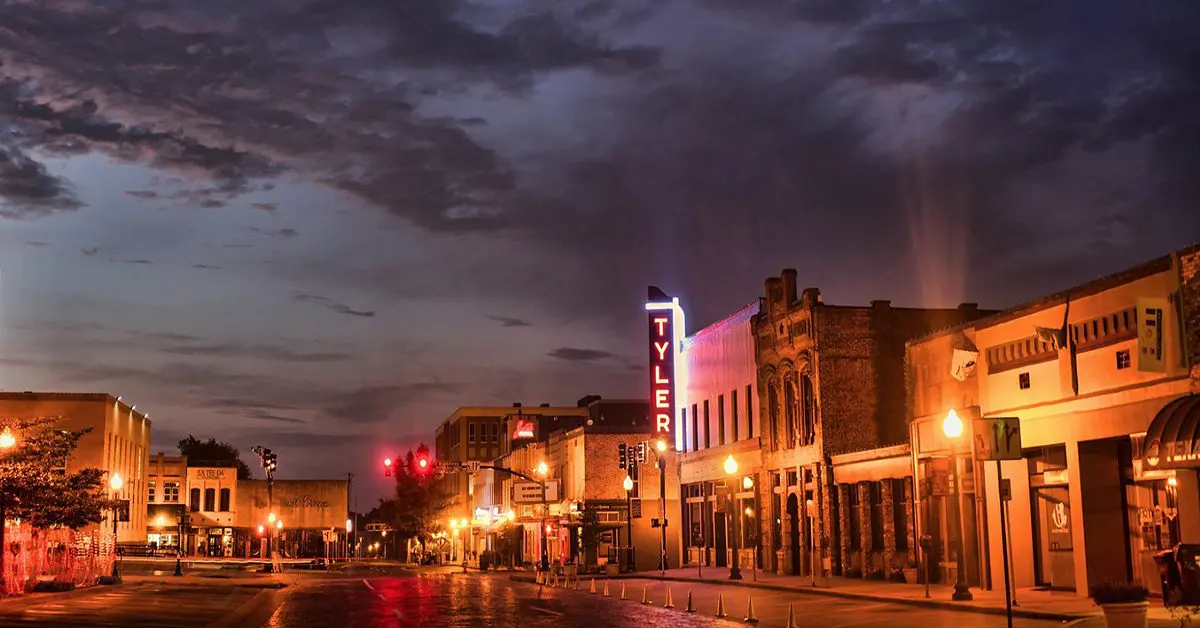
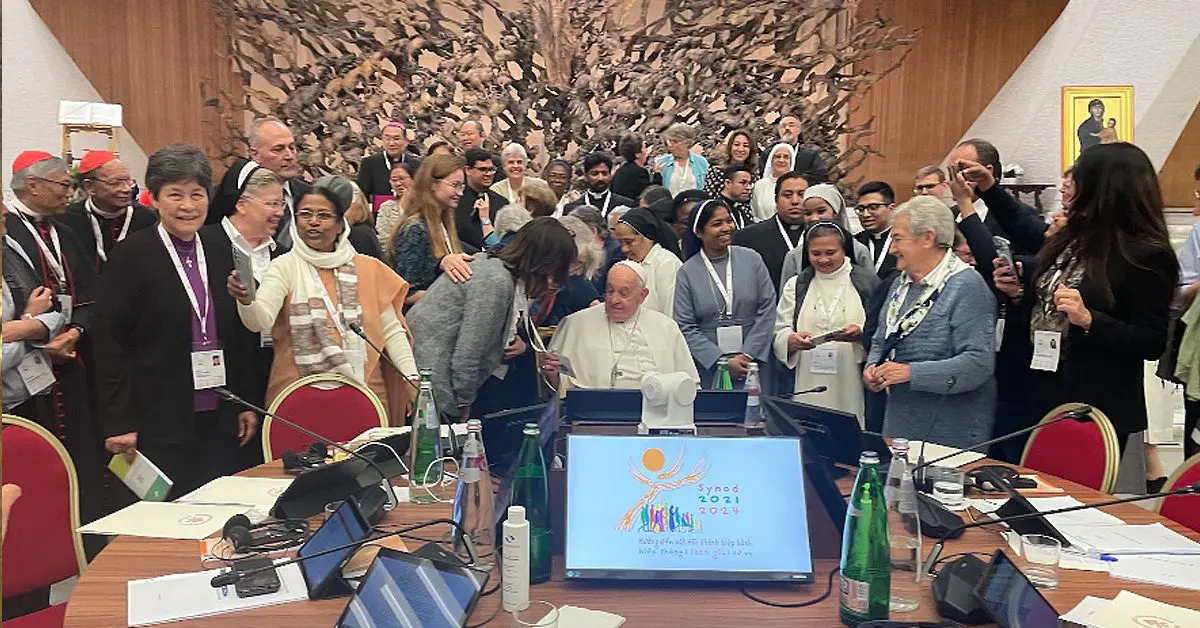
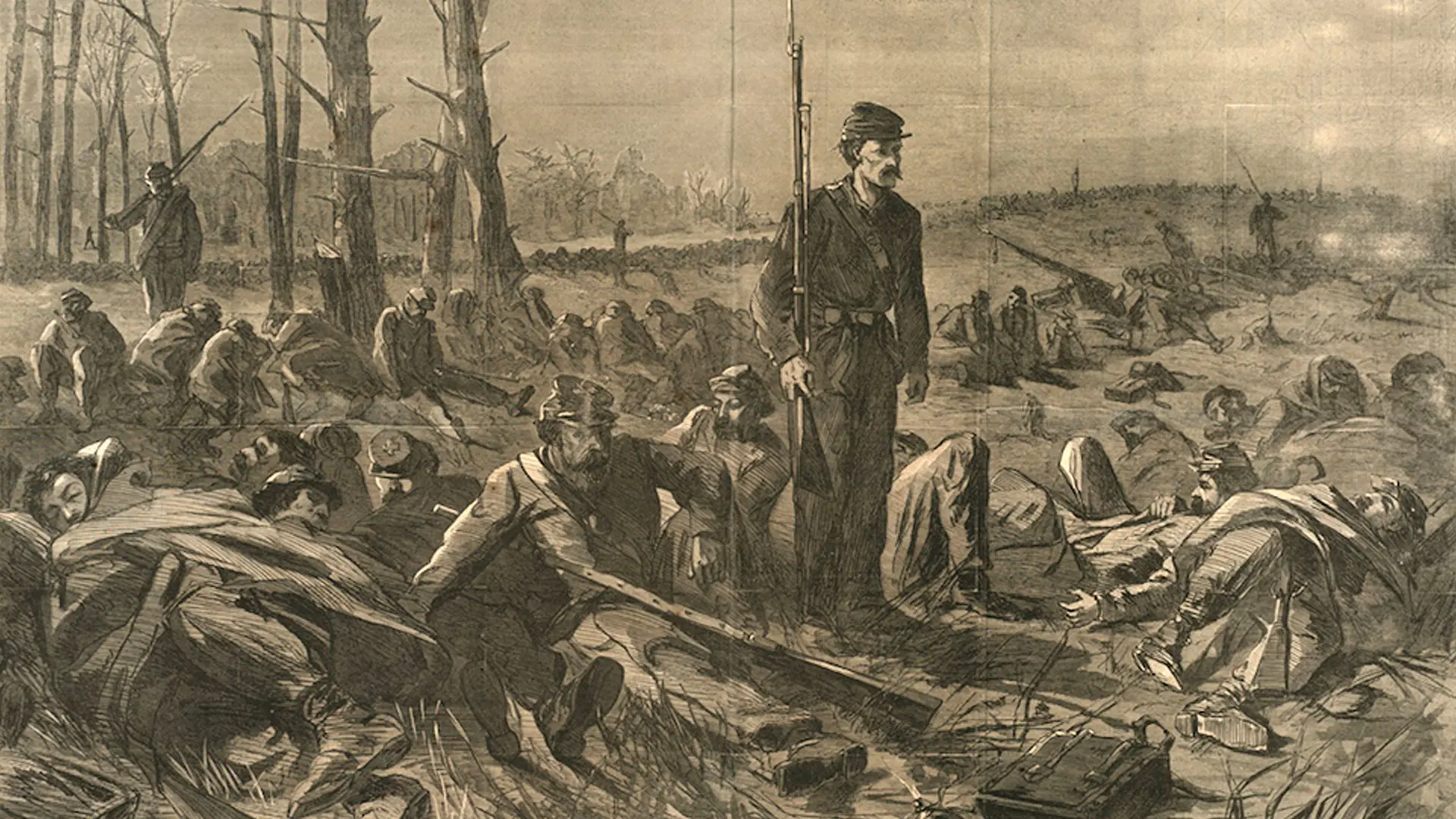
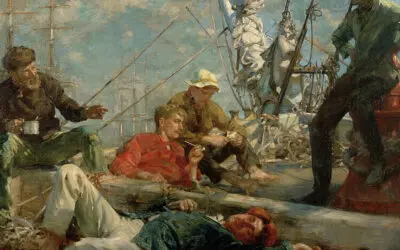


0 Comments